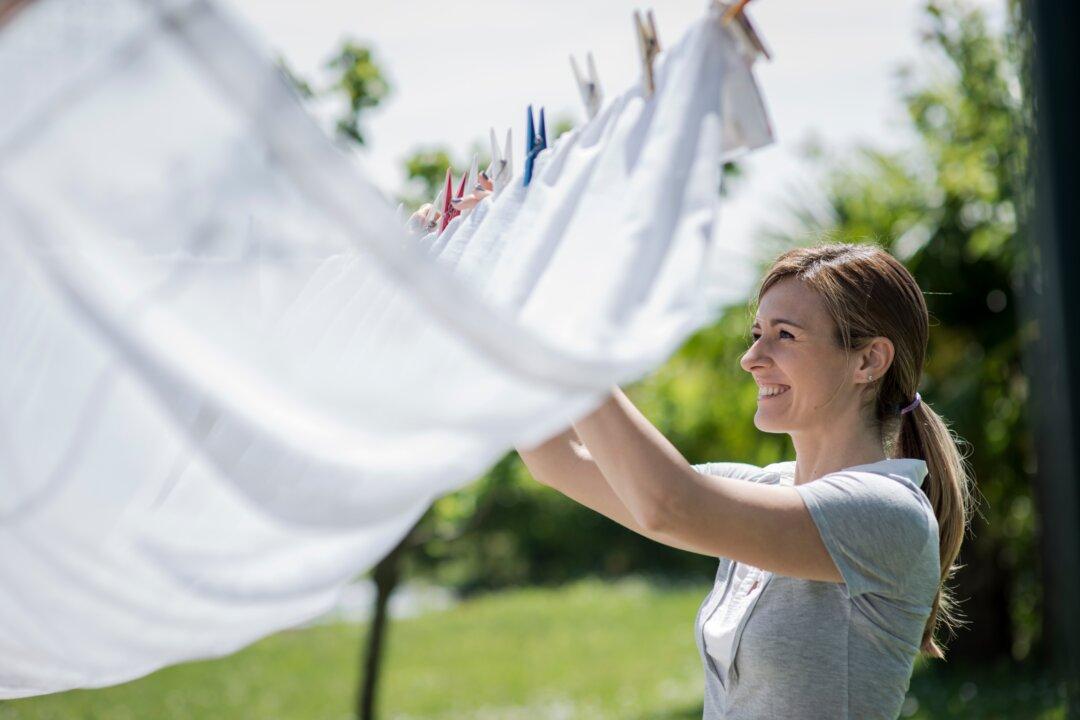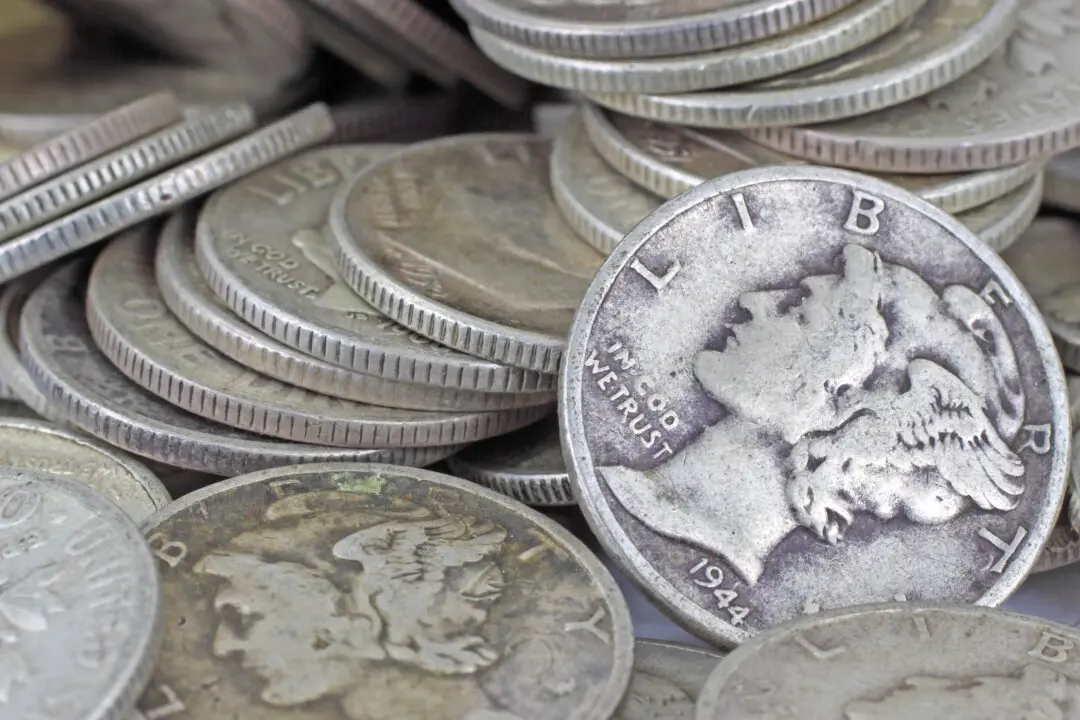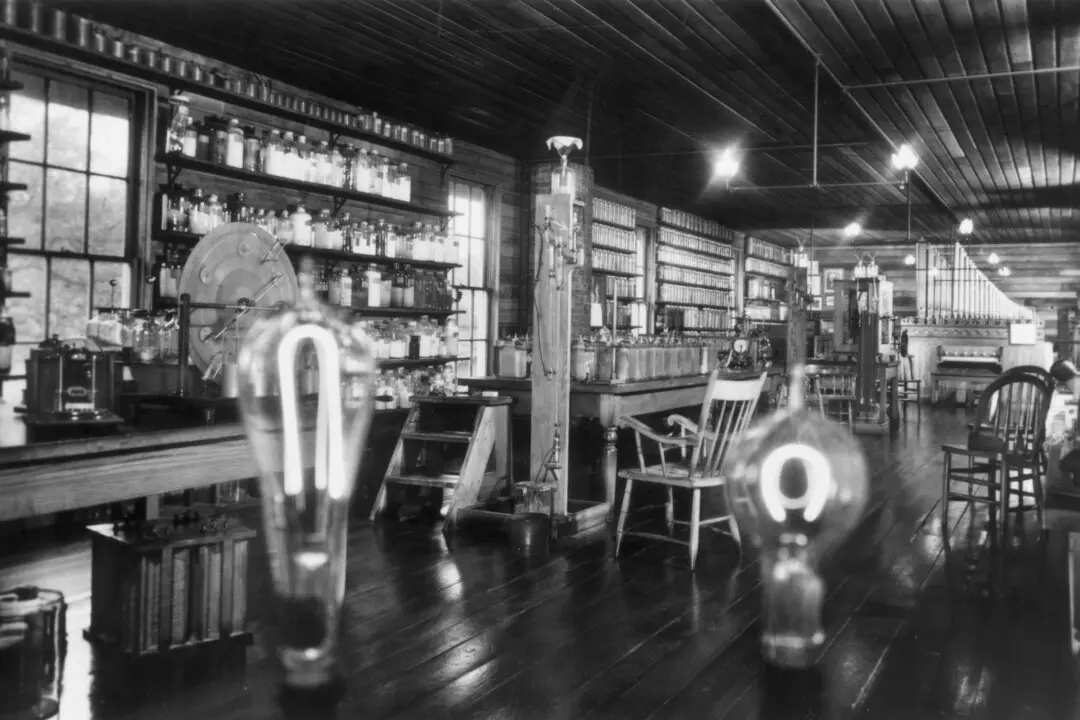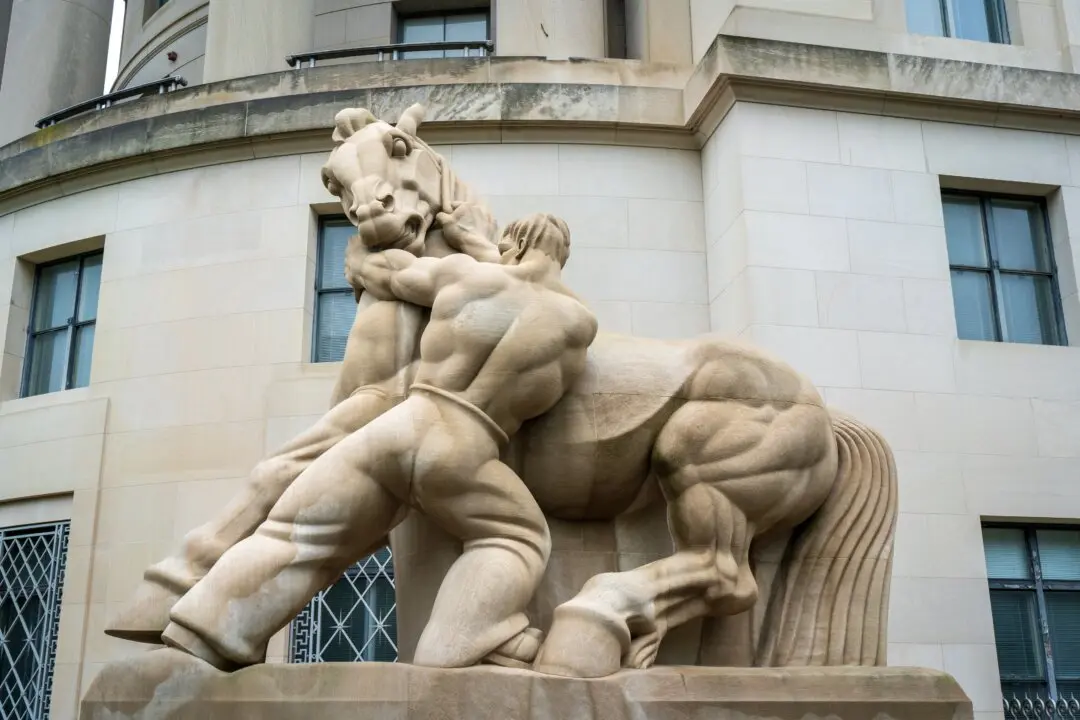Commentary
The topic of laundry is more central to our lives than we think. Some 70 or so years ago, we thought we were done with it, thanks to machines that did all the work for us. But then regulations got involved and ruined those machines, reducing their functionality.





